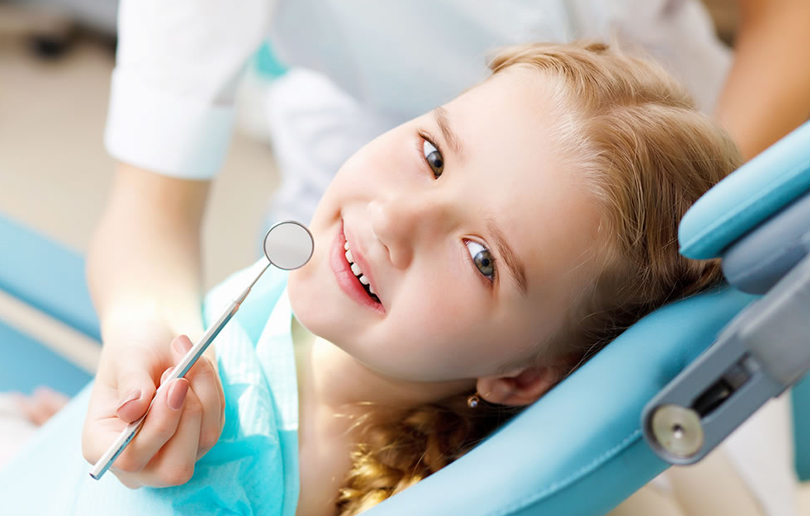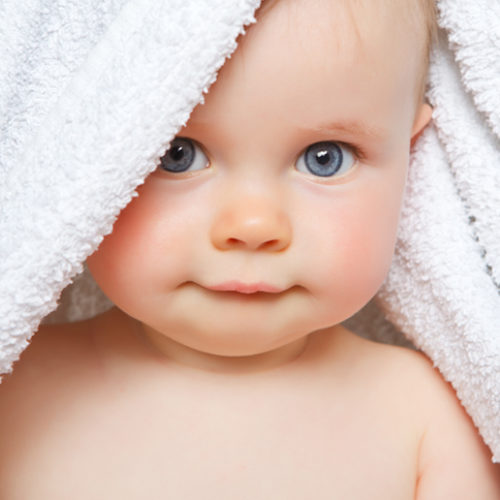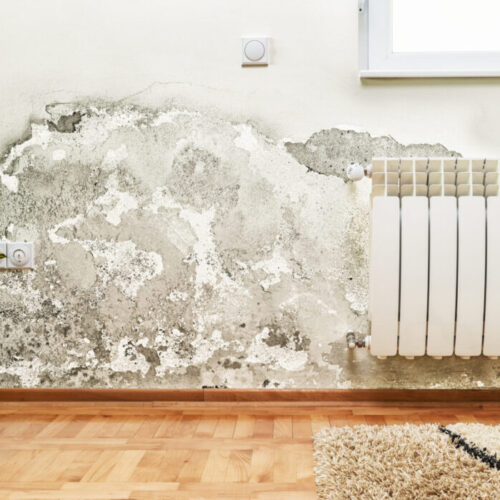Dental Check-Up
Common Questions on Brushing Kids’ Teeth
By: Dr Carol Onyango
Dr Michael’s Dental Clinic
- When should I start brushing my child’s teeth?
You should start brushing your child’s teeth when the first baby tooth erupts (grows in the mouth).
- What’s the right way to brush my child’s teeth?
The best way to brush your child’s teeth is in a circular motion with a soft toothbrush of age-appropriate size. All surfaces of all teeth should be brushed to help dislodge food and reduce bacteria plaque levels.
- How much toothpaste should my child use? Should I use a fluoride toothpaste?
Fluoride in the right amount is safe and effective in preventing and controlling tooth decay and fluoride toothpaste is recommended twice daily. A smear amount of fluoride toothpaste should be used for children under age 3, while children 3-8 years old should use a pea-sized amount.
- When can my child start brushing on their own?
Your child can start brushing their own teeth when they can hold a brush well. However, this does not mean that they will brush well and there is no specific age when a child will do this. Supervision and assistance are needed for all children.
- What can I do if my child refuses to brush their teeth?
Many young children will give parents a hard time with brushing, but it is important to persevere through the process because a healthy mouth is much better than the consequences of tooth decay and gum disease. While visiting your paediatric dentist, they can demonstrate how this can be done to make the process quicker while still being efficient.

Five Things You Should Know about Fluoride and Your Child’s Teeth
- What is fluoride?
Fluoride is a compound that contains the natural element known as fluorine. Routinely using small amounts of fluoride can help prevent tooth decay. Studies have shown that in places with community water fluoridation, decay rates have reduced by over 50 per cent and children grow up with fewer cavities.
Where fluoride is not available in the community water, the use of toothpaste, mouth rinses and professionally-applied gels and varnishes containing fluoride as the active ingredient is highly recommended to help reduce tooth decay.
- How does fluoride prevent cavities?
When sugar is broken down, it forms an acid which attacks and weakens the tooth enamel by causing a loss of minerals and creating cavities. Fluoride helps prevent this loss of minerals and encourages the strengthening of the enamel in areas where cavities are just beginning to develop.
It also affects the bacteria which helps in causing acid attacks on teeth. When the use of fluoride is combined with a healthy diet and good oral hygiene, the risk for decay is reduced even further.
- Is fluoride safe?
There is confirmation from clinical studies that fluoride use in the right quantities for the prevention and control of tooth decay is both safe and highly effective. However, products containing fluoride should be stored out of the reach of young children.
- What happens if my child swallows fluoridated toothpaste while brushing?
To avoid ingesting excessive amounts of fluoride, always monitor children to make sure they are using the correct amount of fluoride toothpaste for their age. This should be a smear amount for children less than three years of age and a pea-size amount for children aged 3-8, twice daily.
- My child’s dentist suggested fluoride varnish? What is it for?
Topical fluoride is applied by a dental professional to prevent tooth decay. It comes in the form of gels, foams and varnish. Gels or foams are placed in trays and held against the teeth for up to four minutes while fluoride varnish is “painted” on teeth.











Comments